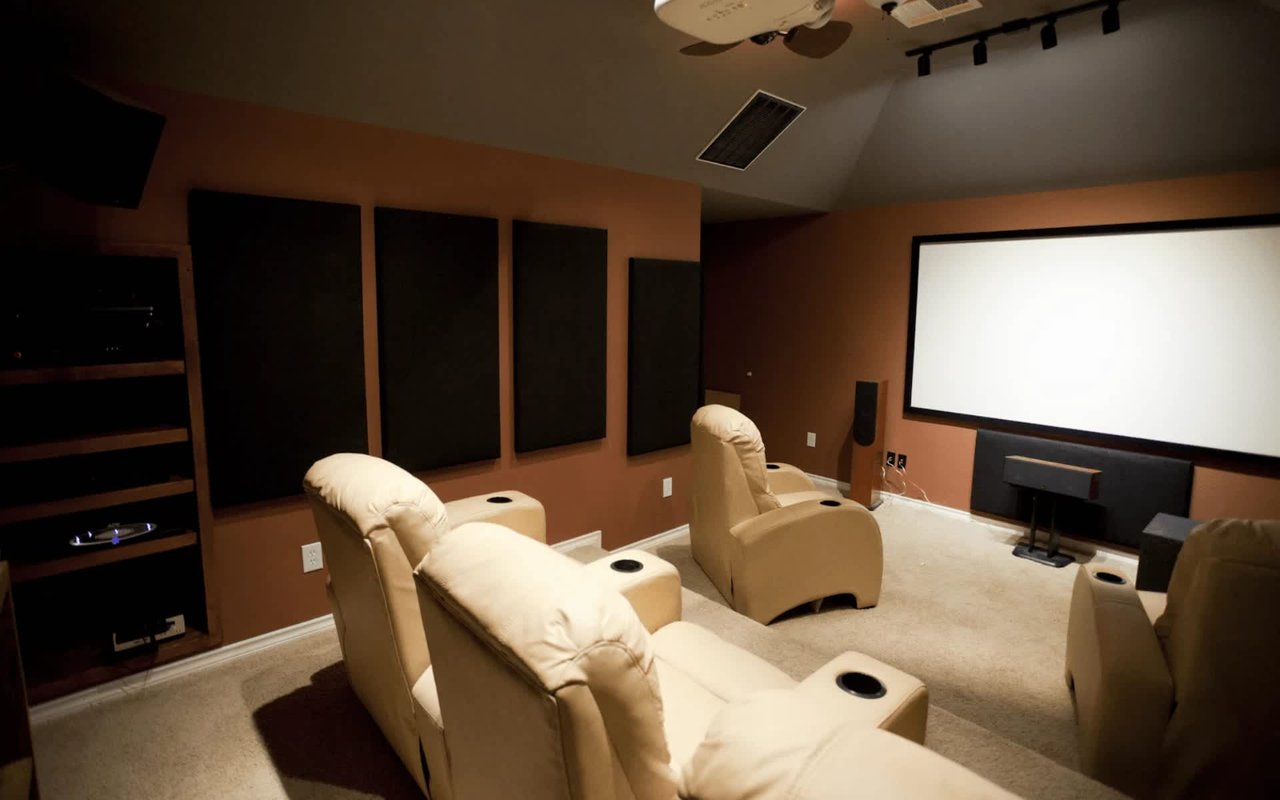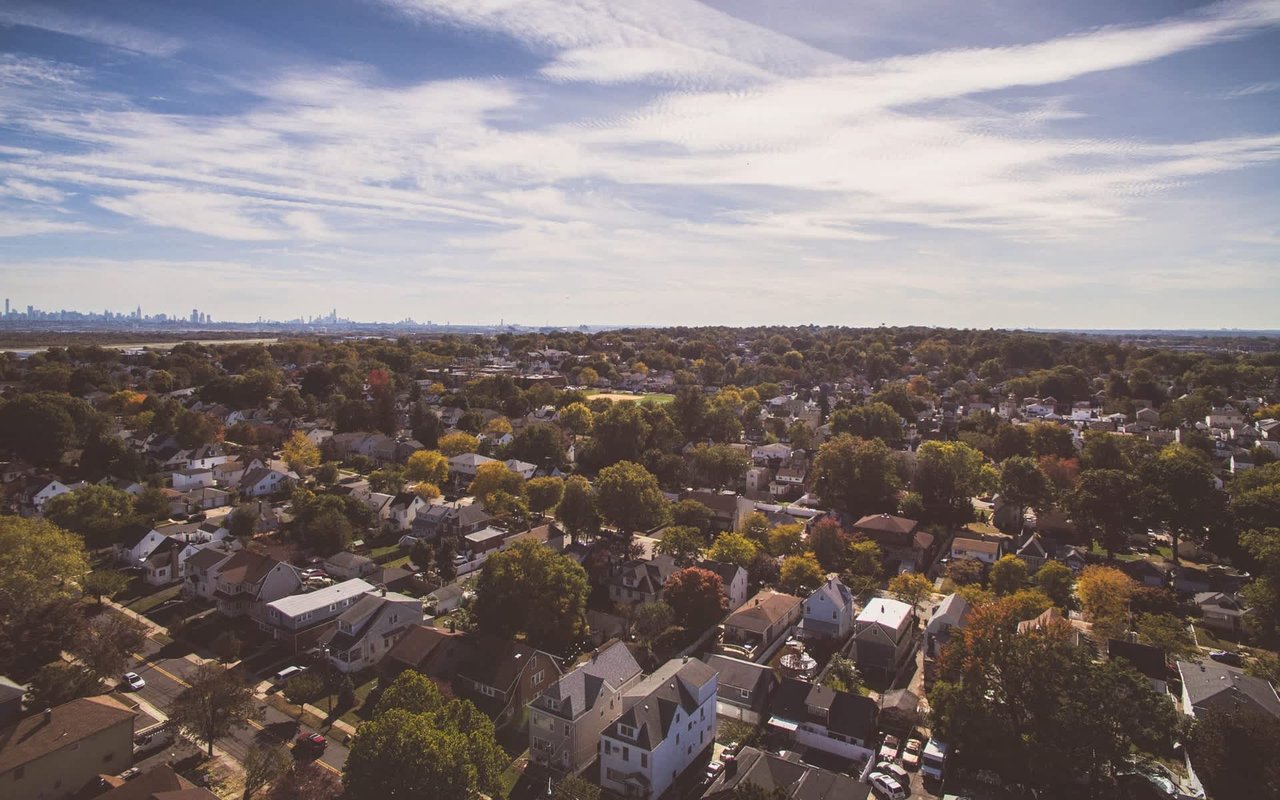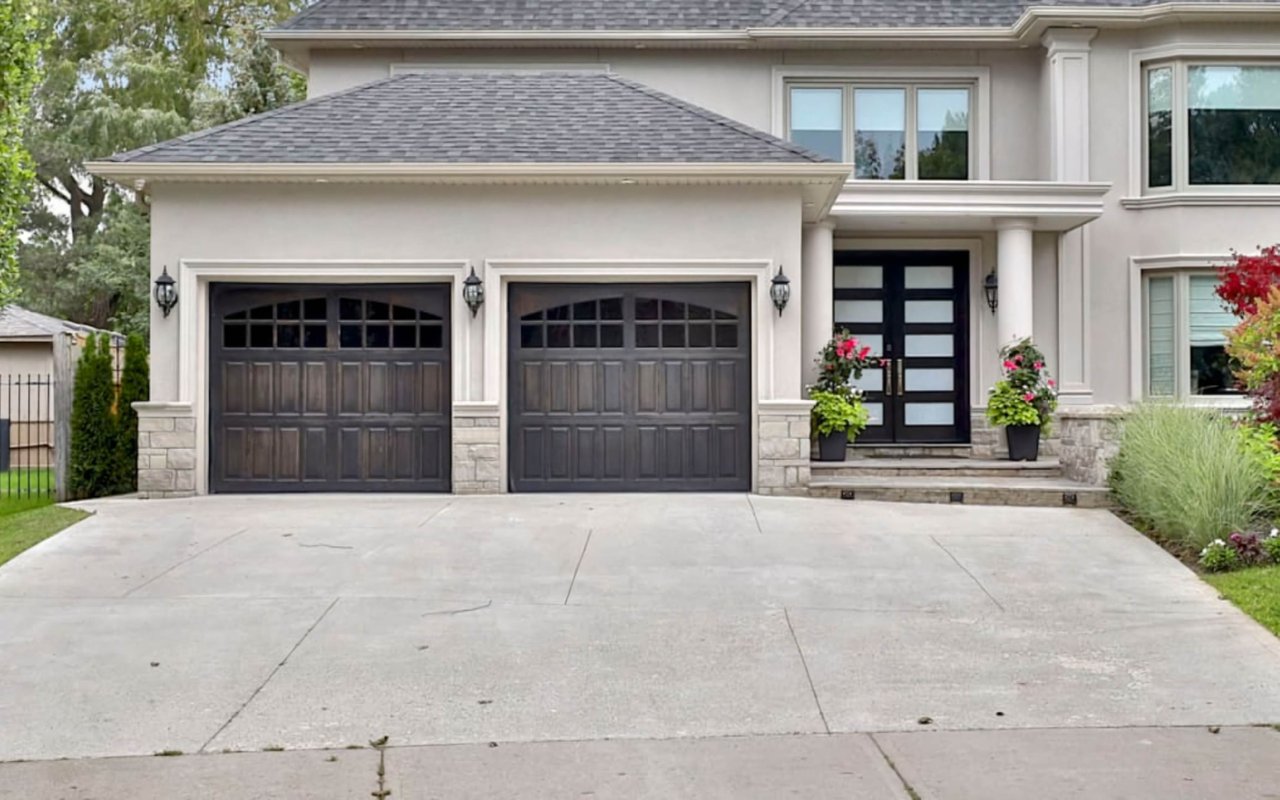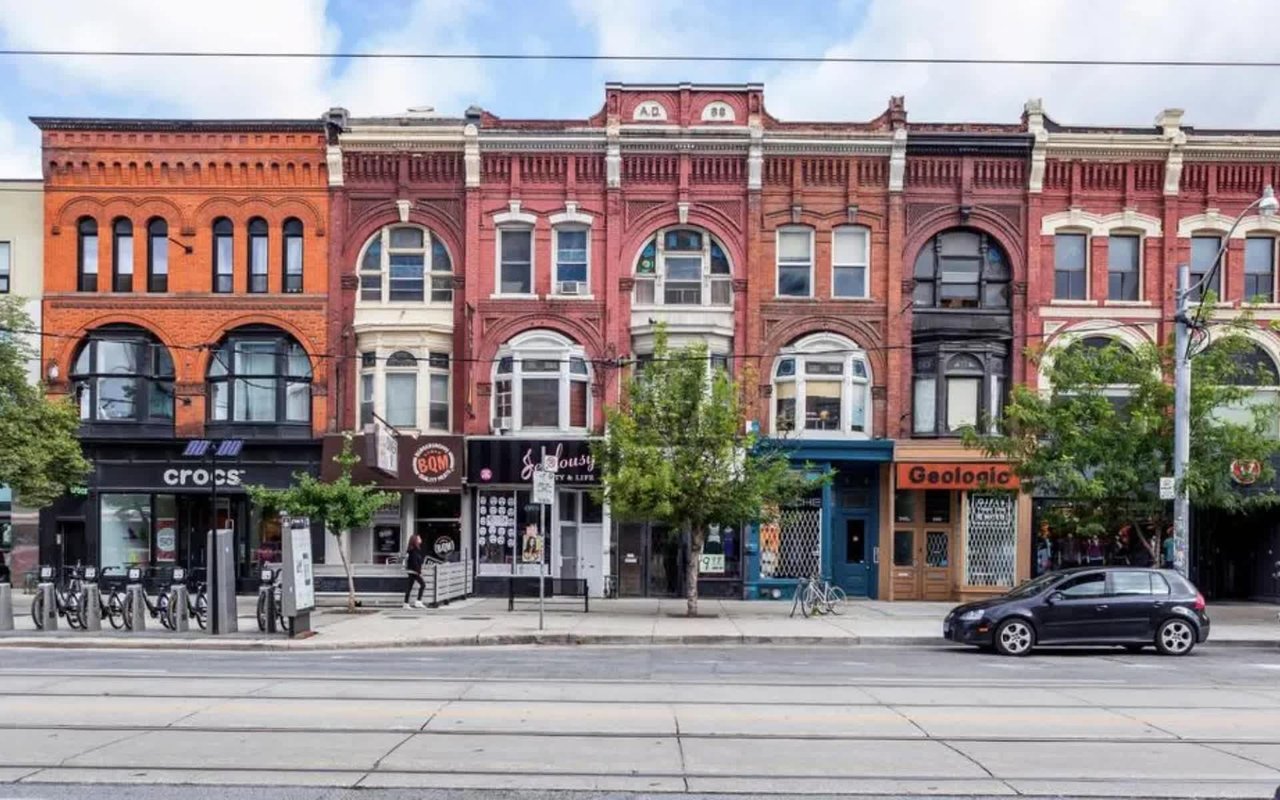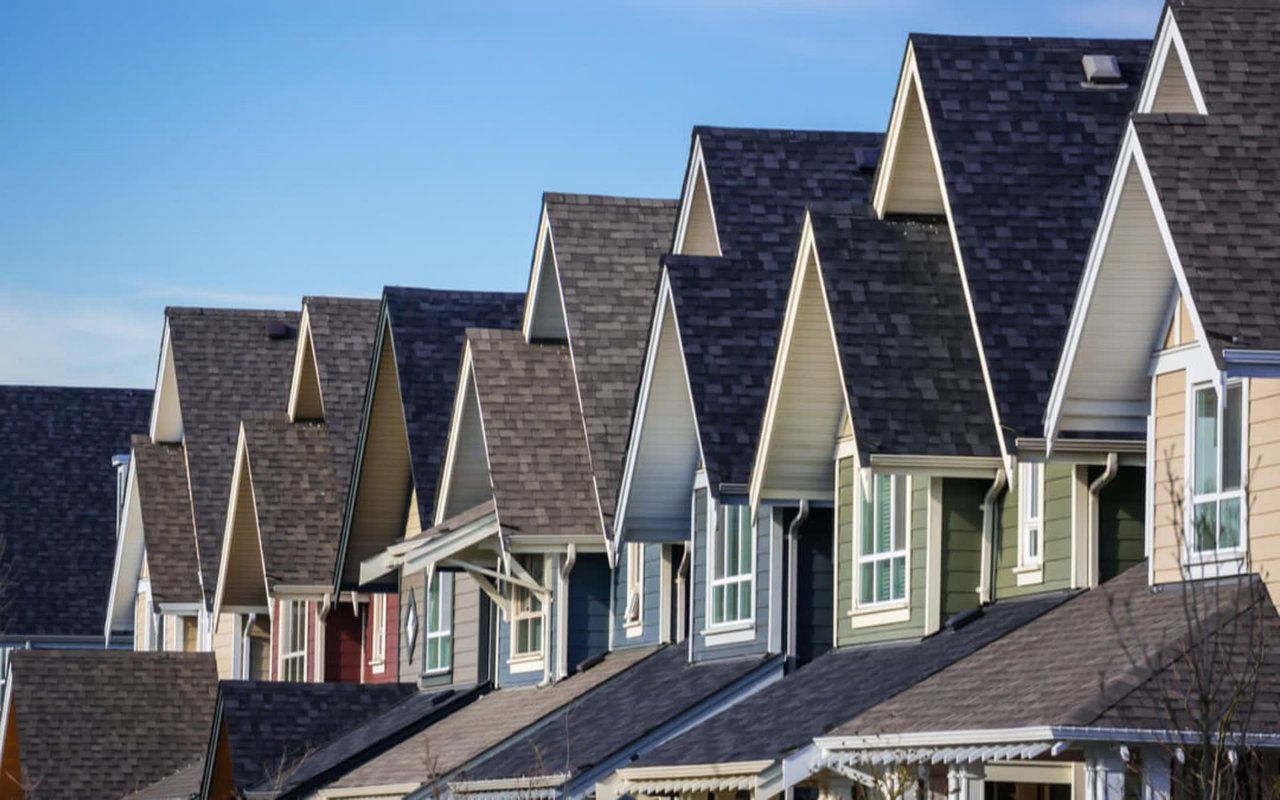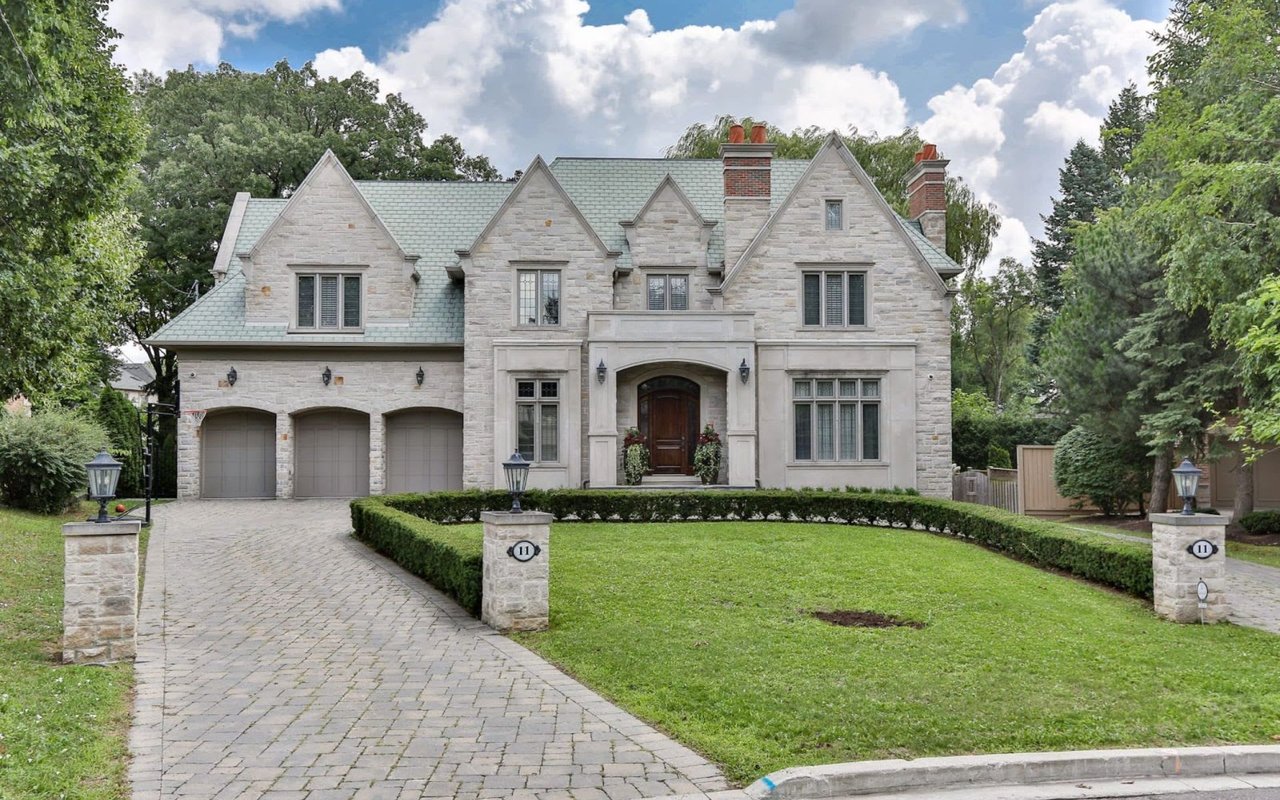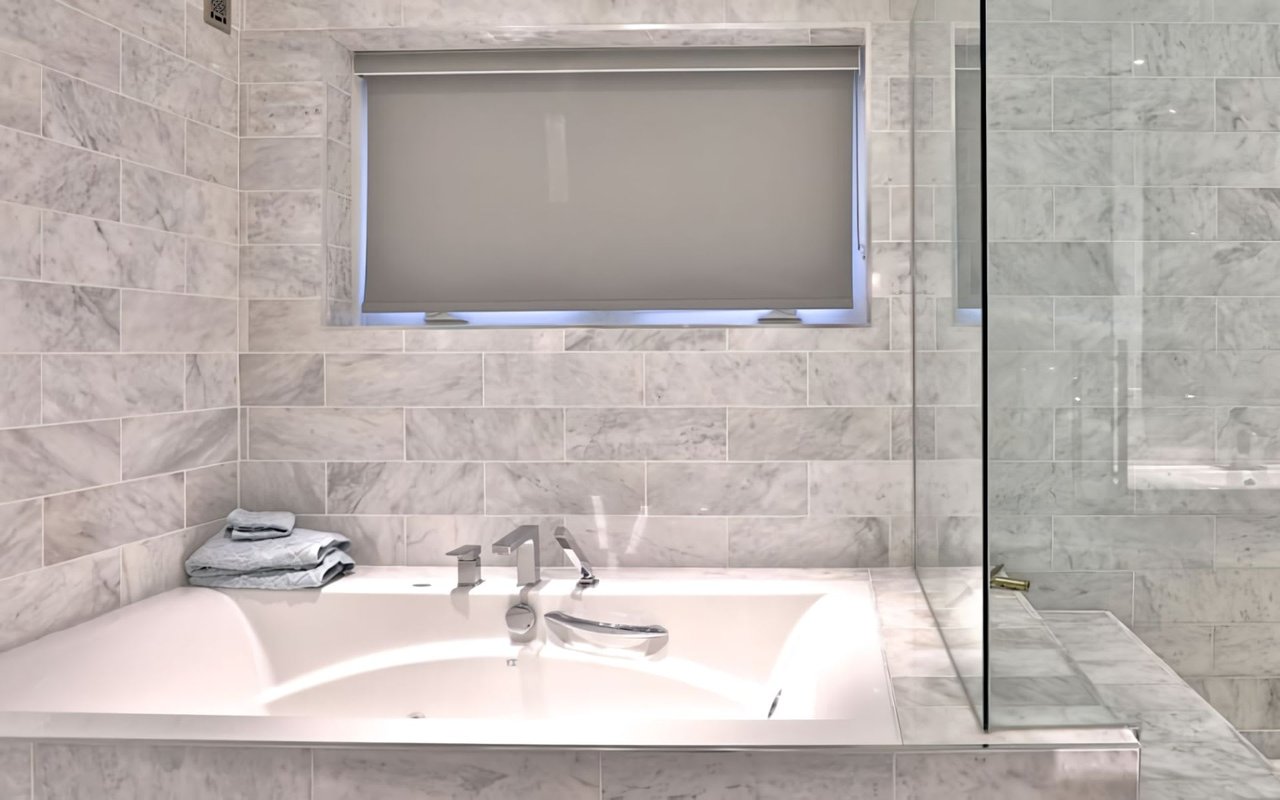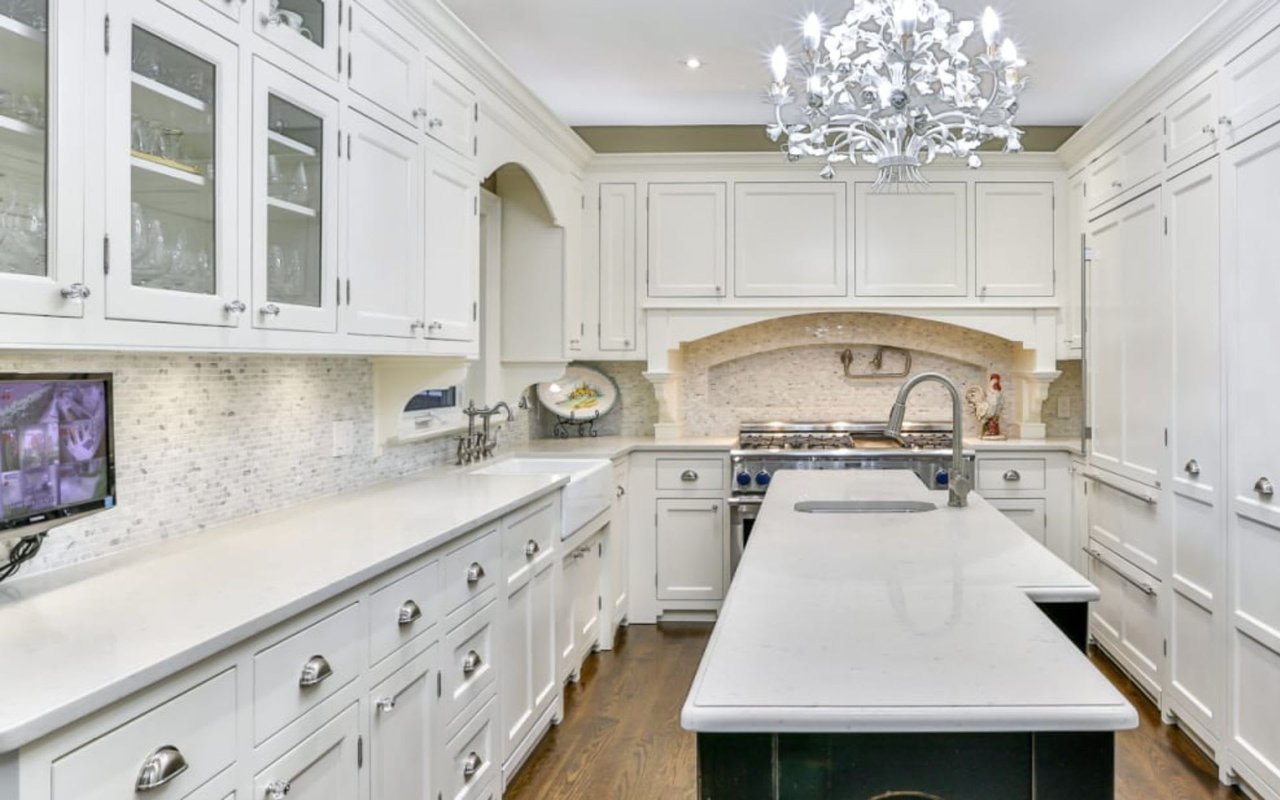Buying a home is a significant milestone in life, often filled with both excitement and apprehension. A key element of this journey is the home inspection. This comprehensive guide will explore the ins and outs of home inspections, equipping you with all the necessary information to navigate this crucial step confidently.
The Importance of the Home Inspection Before Buying
The significance of a comprehensive home inspection in the real estate process cannot be understated. A home inspection is a vital step that empowers buyers with a thorough understanding of the property's condition and any existing or potential issues. By hiring a qualified inspector, buyers can gain valuable insight into the structural integrity and various systems of the home, shedding light on any issues that might not be immediately apparent. This insight not only informs the buyer’s negotiating position but also aids them in making well-informed investment decisions.
Some sellers choose to perform an inspection of their own before listing the property. This way, they benefit from the transparency offered by a thorough inspection report, which builds trust and credibility with the buyer. Ultimately, a meticulous home inspection safeguards both parties, facilitating transparent communication and ensuring that the transaction is based on accurate and factual information.
The Steps of a Home Inspection
A home inspection is a detailed examination of a property's condition performed by a trained and certified professional. The process involves several distinct steps, each contributing to a thorough evaluation of the property's structural integrity, systems, and overall well-being.
Exterior and Structural Inspection
The inspector will evaluate the home’s structural integrity through a careful and systematic examination of its key components. This assessment involves identifying potential issues that could compromise the property's stability, habitability, and overall condition.
The property’s exterior is reviewed for any visible signs of structural issues, such as cracks in the walls, unevenness in the roofline, or bowing in the siding. Uneven or sloping floors, gaps around windows and doors, and visible cracks in the foundation walls are indicators that further investigation might be necessary. The inspector also identifies load-bearing walls, beams, and columns that support the home's weight, looking for signs of sagging, shifting, or damage.
In addition, the inspector assesses the roof's structural elements, including rafters and trusses. Support beams and columns are inspected for signs of rot or damage. The ceilings and floors are checked for cracks, water stains, or bowing that could indicate structural problems.
Windows and doors should open and close smoothly without any signs of sticking or misalignment. These elements offer insight into potential shifts or settling in the structure.
Interior Assessment
This stage of the home inspection before buying entails an in-depth examination of the interior elements, including walls, ceilings, floors, windows, stairs, and the overall layout of the space. The evaluation begins with a thorough walkthrough of the interior, during which the inspector examines each room, corridor, and living area. They assess the quality of construction, checking for signs of wear and tear, water damage, structural issues, and any potential safety hazards. Flooring, walls, ceilings, and windows are scrutinized for cracks, dampness, peeling paint, and other indications of deterioration.
This evaluation aims to identify visible defects that might impact the property's livability and condition. The interior assessment offers potential buyers a valuable glimpse into the condition of the living spaces, aiding in their decision-making process.
Plumbing Evaluation
Plumbing is another key aspect of the home inspection before buying. The inspector examines faucets, sinks, toilets, showers, and bathtubs for leaks, proper drainage, and adequate water pressure. They assess the condition of pipes and sewage systems, looking for signs of corrosion or blockages that might lead to future problems. The objective is to identify leaks, water pressure irregularities, and any other potential plumbing-related problems that might affect the property's functionality.
Electrical Inspection
Electrical systems are another primary concern. Inspectors ensure that outlets, switches, and lighting fixtures are functioning and meet safety standards. They assess the electrical panel for potential overloads or outdated components. In addition, the inspector checks for the presence of ground fault circuit interrupters (GFCIs) in areas where water is present, such as bathrooms and kitchens, to minimize the risk of electrical shock. The goal is to identify any signs of outdated or faulty electrical components that could pose hazards.
HVAC Assessment
The inspector evaluates the HVAC system's functionality, efficiency, and overall condition. This involves examining the heating and cooling equipment, including furnaces, heat pumps, air conditioning units, and boilers. They assess the system's age, maintenance history, and potential signs of wear and tear.
Ductwork and ventilation are inspected for proper airflow and cleanliness, ensuring optimal indoor air quality. The inspector checks for leaks, unusual noises, and any indications of inadequate performance. Energy efficiency is a key consideration, including insulation, thermostats, and sealing.
Appliance Inspection
The inspector evaluates the functionality, condition, and safety of various appliances, such as refrigerators, stoves, dishwashers, washing machines, and dryers. They check for proper operation, signs of wear and tear, and any potential hazards. Additionally, fixtures like ceiling fans, smoke detectors, and bathroom exhaust fans are evaluated.
Documentation and the Inspection Report
Following the inspection, the inspector compiles their findings into a detailed report. This report includes descriptions of all identified issues, accompanied by photographs and recommendations for repairs or further assessments by specialists. The report serves as a valuable reference for both buyers and sellers.
After the inspection, the inspector typically reviews the findings with the client. This discussion helps the buyer understand the report and any concerns raised. It offers an opportunity to ask questions and seek clarification before making decisions about the purchase.
Once the inspection report is received, the buyer has an opportunity to address any issues that were identified. Depending on the complexity of the findings, further negotiations may involve requesting repairs, concessions, or a reduction in the purchase price to account for necessary fixes. By working with their agents, both parties must navigate these discussions with clear communication and a willingness to find common ground.
Work With an Expert
If you’re ready to embark on your buying journey, team up with trusted luxury real estate agent
Barry Cohen for guidance. Cohen Homes & Estates is a well-respected name in the Canadian real estate scene, primarily focusing on the luxury markets of the Greater Toronto Area, with Barry bringing over 30 years of industry experience to the table. His expertise, leading to over $6 billion in real estate transactions, positions the firm both nationally and internationally for its sales accomplishments. If you're looking to buy or sell a home in
Toronto real estate, contact
Cohen Homes & Estates today.














